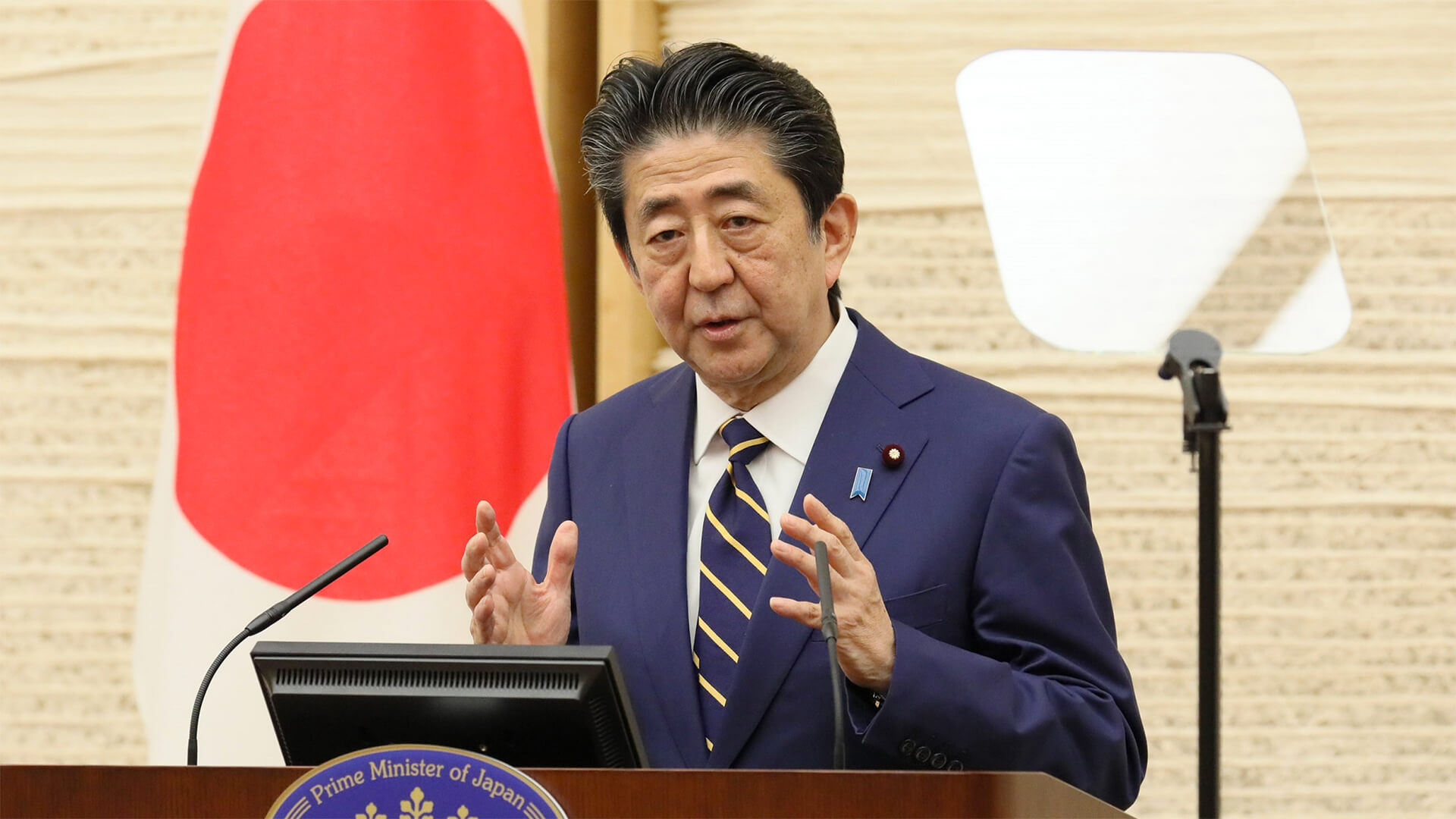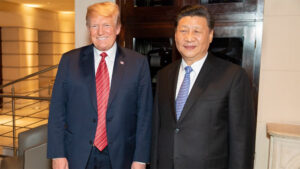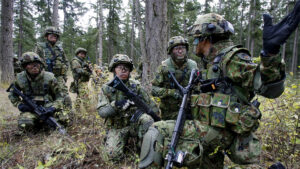Japanese society is reeling from the news that former Prime Minister Abe Shinzo had been assassinated. Political violence of this type is exceedingly rare in modern Japan, as are gun-related deaths. I will leave the particulars of the attack to those who are experts on personal/event security, but the shooter was arrested on site and appears to have used either a home-made or heavily modified gun. That the suspected shooter was allowed to walk up and fire not once, but twice, before Prime Minster Abe’s protective team was able to apprehend him is a scene that I am sure will be studied and replayed by protective service teams across the world.
While the motivations of Abe’s assassin are not yet clear, what we do know is that the former Prime Minister represented a powerful faction of Japan’s ruling Liberal Democratic Party (LDP) that wanted to see Japan take a more assertive role on the global stage. The Liberal Democratic Party, despite its name, is a broad coalition of several center-right-to-right wing political elements, including those with strong Monarchist, fascist and militarist ideologies. (In 1990, a far-right ideologue tried unsuccessfully to assassinate the then-mayor of Nagasaki for a criticizing former Emperor Hirohito’s actions during World War II. Incidentally, another mayor of Nagasaki was assassinated in 2007, though the culprits were local Yakuza.)
Prime Minister Abe was a key proponent of expanding Japan’s armed forces and strengthening ties across the broader Indo-Pacific–particularly between India and Japan. These moves required a… flexible understanding of Japan’s constitution and the kind of socio-cultural shift that has historically been difficult to implement across Japan, but popular within his faction of the LDP. Countries like Japan–resource poor and lacking internal geographic cohesion–require an incredible amount of time and energy to unite into a functioning nation state, assuming they ever can. But once they do, stability generates its own inertia, and change–especially one that threatens to upend prosperity or social cohesions–can be near impossible to inculcate.
Japan has managed such changes multiple times–consolidation under the shogunate, the Meiji restoration, Imperial Japan’s expansionism, surviving the post-War occupation, the economic boom times of the 1960s, 70s, and 80s, and arguably the extended economic plateau of the last two decades. The late former Prime Minister Abe and his allies seek to push Japan into another period of transformation–and this time, in an era of deglobalization, the Japanese are poised to bring the rest of the world along with them for the ride.
NB: At 5:08 in the video below I should have said Japan, not China. We regret the error.








